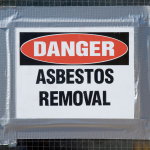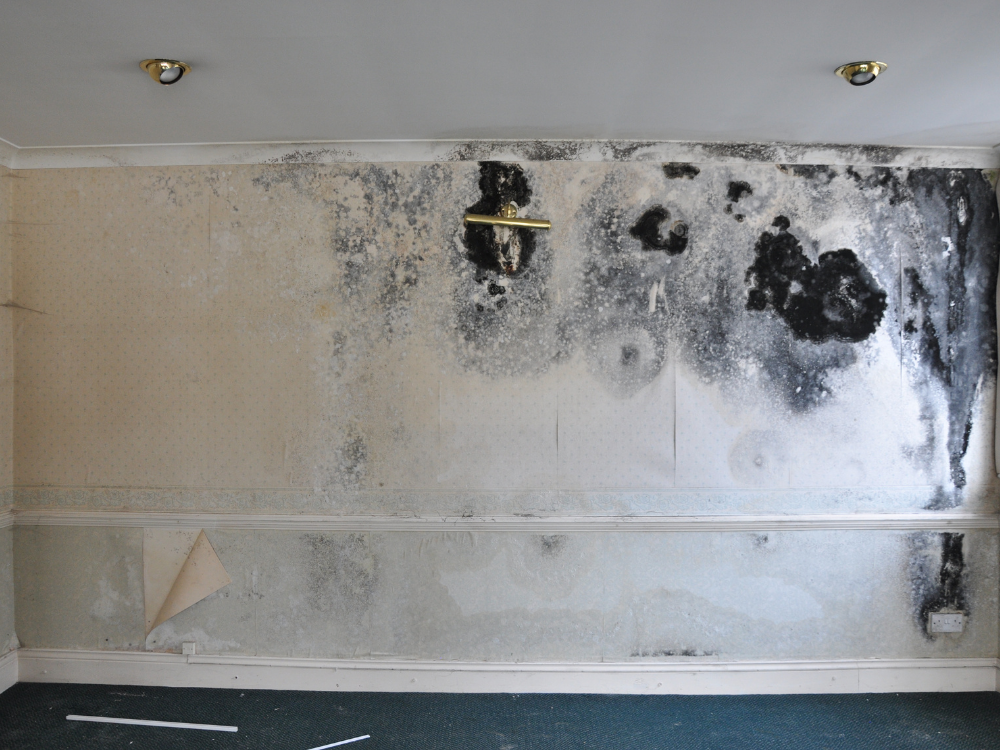Apartment developments are the latest frontier in the fight against mould in residences, as a swathe of defective apartments reveals the extent of the hazard in what is being described as an “absolute catastrophe”.
In Victoria, workers completing cladding rectification work have found wall cavities riddled with black mould and rotten timber, while one woman in Queensland has paid $120,000 in legal costs to attempt to fix her leaking apartment under the body corporate scheme.
Persistent dampness and high levels of humidity have taken their toll across the country, with significant reports of hardware stores running out of mould removal products and mould remediation experts seeing a significant uptick in service requests.
One building regulation consultant, who spoke to the ABC regarding the state of apartments in Victoria, noted that “with these cladding projects where EPS has been removed… they have found a prevalence of mould inside the wall system.”
The consultant, Ms Weir, is tasked with reporting on apartment standards across all states and territories in 2018. She said that the problem was widespread: “the mould in some cases has begun to rot those timber frames and make them structurally compromised, as well as, of course, getting to the plaster and other components or elements of wall systems.”
“It is an absolute catastrophe because if there are significant mould issues, the cost to rectify might well exceed the value,” she said.
“Some of these buildings could potentially be a write-off.”
The ABC requested submissions from apartment residents earlier this year regarding the prevalence and severity of mould in apartments and said it received hundreds of submissions. Issues that were common across many of the submissions included poor ventilation, rainwater ingress, ceilings damaged by water and incorrectly installed exterior walls.
Many of the properties that had water seepage or rainwater ingress noted that their apartments or homes had been built in the last two years, and many respondents noted that due to mould build-up in their homes, they experienced a negative impact on their health with respiratory conditions the most commonly reported.
According to the World Health Organisation, indoor dampness, which contributes to mould growth, could affect as many as half of Australian homes.
Several states are looking to NSW’s introduction of a building commissioner as a way to prevent substandard builds from being allowed to be occupied. Jonathan Barnett, a technical expert in fire safety engineering, who spoke to the ABC, noted that the commissioner in NSW “has all the questionable practitioners shaking in their boots. He goes to building sites, he looks at drawings, he talks to people – and he is actually making a difference.”
“Everybody wants to make money. There’s nothing wrong with making money. There is something wrong with making money when you’re cutting corners. And that is where we need a regulator.”




